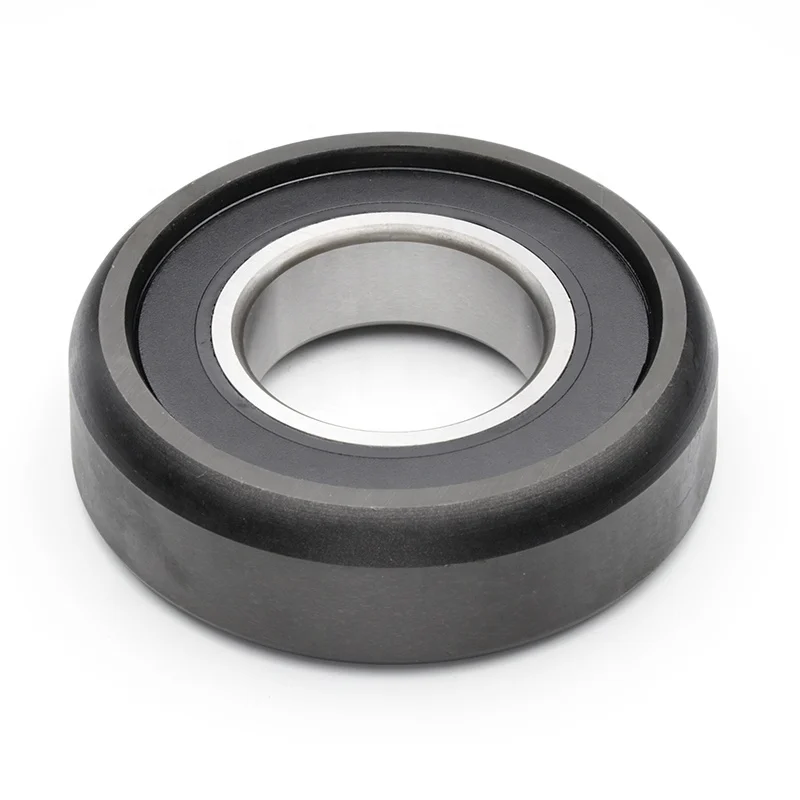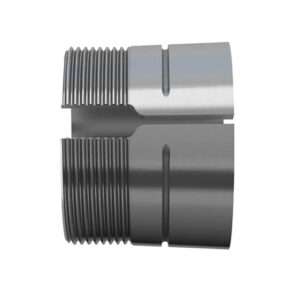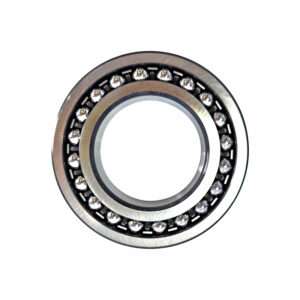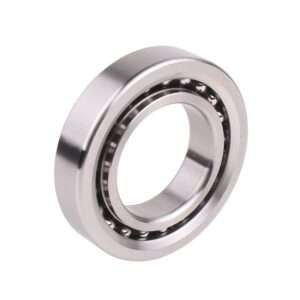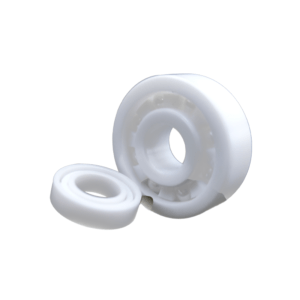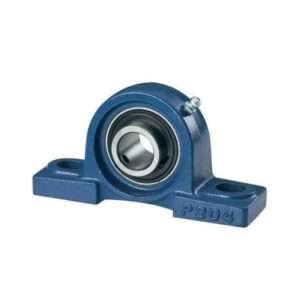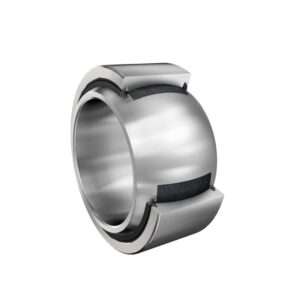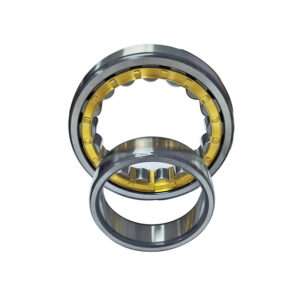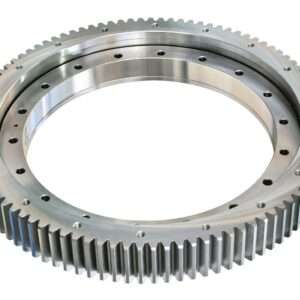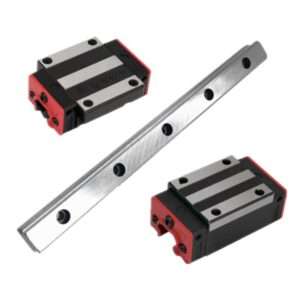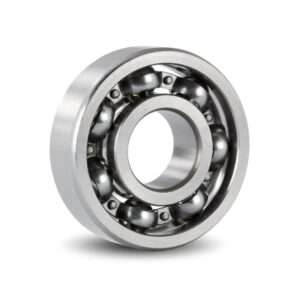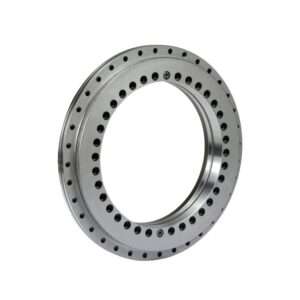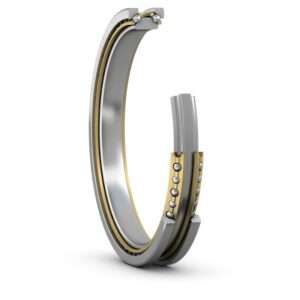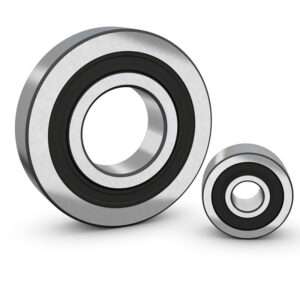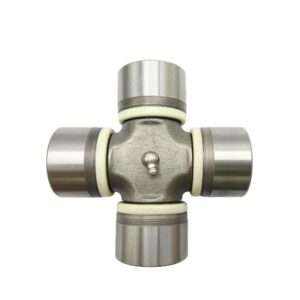Table of Contents
Categories
Wheel Bearing Vs Hub Bearing – Learn The Differences And When To Repair
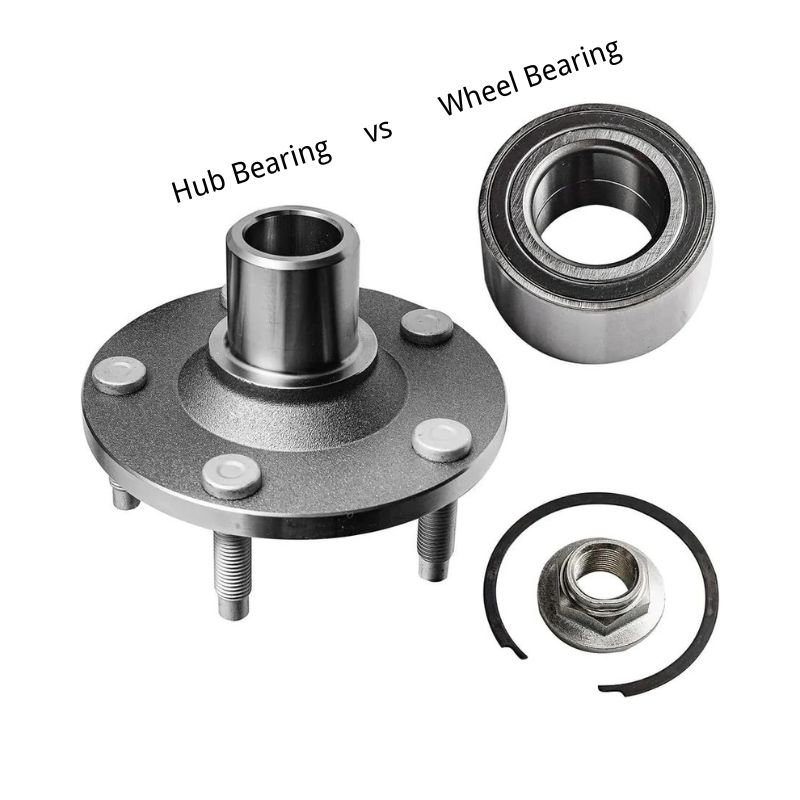
Wheel bearing and hub bearing are two types of bearings that are used in automotive applications. Wheel bearing support the weight of the vehicle and allow the wheels to rotate smoothly. Hub bearing support the wheel hub and allow the wheel to rotate on the axle.
What Are Wheel Bearing And Hub Bearing?
Wheel bearing are located on either side of the vehicle, one on each front wheel and one on each rear wheel. They are cylindrical in shape and are made of a metal bearing race and a set of ball bearings. The bearing race is pressed into the hub of the wheel, and the ball bearings are held in place by a snap ring.
Wheel bearing allow the wheels to rotate smoothly by reducing friction between the wheel and the hub. They also help to absorb shock and vibration from the road surface.
Hub bearing are located in the center of the wheel hub and support the weight of the vehicle. They are also cylindrical in shape and are made of a metal bearing race and a set of roller bearings. The bearing race is pressed into the hub of the wheel, and the roller bearings are held in place by a snap ring.
Hub bearing allow the wheel to rotate on the axle and also help to absorb shock and vibration from the road surface.
What Are The Differences Between Wheel Bearing And Hub Bearing?
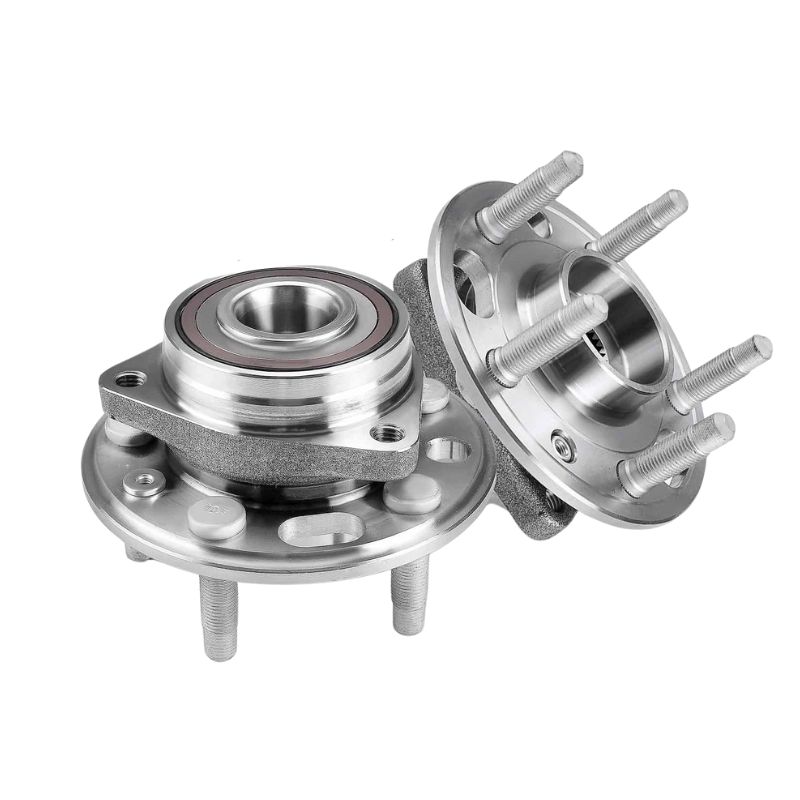
Wheel bearing and hub bearing are similar in many ways, but there are also some key differences between them.
- Location: Wheel bearing are located on either side of the vehicle, one on each front wheel and one on each rear wheel. Hub bearing are located in the center of the wheel hub.
- Shape: Wheel bearing are cylindrical in shape. Hub bearing are also cylindrical in shape, but they are typically larger than wheel bearings.
- Bearing race: The bearing race for a wheel bearing is pressed into the hub of the wheel. The bearing race for a hub bearing is pressed into the hub of the wheel.
- Bearing type: Wheel bearing use ball bearings. Hub bearing use roller bearings.
- Function: Wheel bearing support the weight of the vehicle and allow the wheels to rotate smoothly. Hub bearing support the wheel hub and allow the wheel to rotate on the axle.
When Do You Need To Repair Wheel Bearing Or Hub Bearing?
Wheel bearing and hub bearing are essential components of your vehicle’s suspension system. They help to keep your wheels rotating smoothly and prevent them from wobbling. Over time, wheel bearing and hub bearing can wear out and need to be replaced. There are a few signs that indicate that your wheel bearing or hub bearing may need to be repaired, including:
- Loud clunking or knocking noises coming from your wheels. This is a sign that the bearings are worn out and are no longer able to properly support the weight of your vehicle. The noise is caused by the metal components of the bearings rubbing against each other.
- Wobbles or vibrations in your steering wheel. This can be caused by a number of different problems, but worn-out wheel bearings are a common culprit. The uneven wear on the bearings can cause your steering wheel to shake or vibrate.
- Your vehicle pulls to one side when you’re driving. This is another sign that your wheel bearings may be worn out. The uneven wear on the bearings can cause your vehicle to pull to one side. This is because the bearings are not able to properly distribute the weight of your vehicle.
- Your vehicle makes a grinding noise when you turn. This is a sign that the bearings are extremely worn out and are starting to fail. The grinding noise is caused by the metal components of the bearings rubbing against each other so much that they are starting to damage each other.
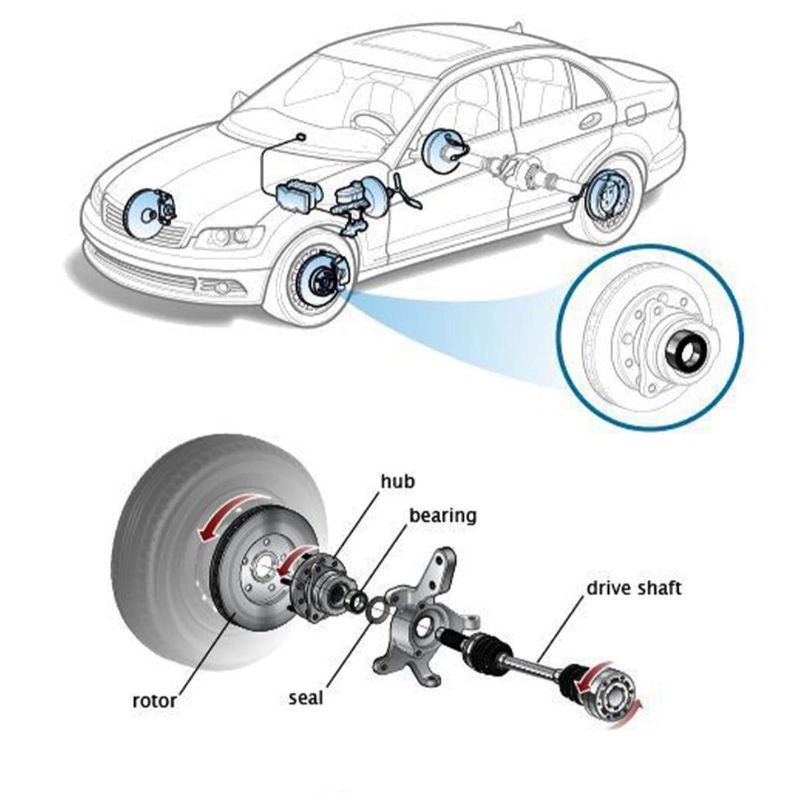

How Are Wheel Bearing And Hub Bearing Repaired?
Wheel bearing and hub bearing can be repaired or replaced. Repairing wheel bearing involves removing the old bearings, cleaning and inspecting the hub, and installing new bearings. Replacing wheel bearing involves removing the old bearings, installing new bearings, and reassembling the hub.
Hub bearing are typically replaced as part of a wheel bearing repair. However, hub bearing can also be replaced on their own. Replacing hub bearing involves removing the old bearings, cleaning and inspecting the hub, and installing new bearings.
How Can You Prevent Wheel Bearing Or Hub Bearing Problems?
You can help prevent wheel bearing or hub bearing problems by following these tips:
- Keep your vehicle properly aligned.
- Rotate your tires according to the manufacturer’s recommendations.
- Avoid driving over potholes and other obstacles.
- Have your wheel bearings or hub bearings inspected regularly.
By following these tips, you can help keep your vehicle’s suspension system in good working order and prevent costly repairs.
Conclusion
Overall, understanding the differences between wheel bearing and hub bearing and when to perform maintenance is key to ensuring a safe, smooth ride for your vehicle. For wheel bearing, it is vital to pay attention to symptoms such as abnormal noise and tire wear in time for regular inspection and maintenance. Wheel bearing, on the other hand, as an integral component, require attention to ABS system problems and abnormal wheel movement, and timely resolution of issues that may affect vehicle stability. Preventive maintenance and timely troubleshooting are critical steps in ensuring the continued healthy operation of your vehicle.
References
- 1.Some information about ”hub bearing“ from MOOG ;
- 2. More information about “wheel bearing and hub bearing” from 1A AUTO Company ;
Related Posts
sensor bearings
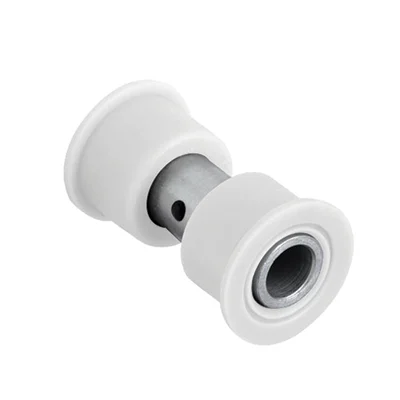
Delrin Bearings: Lubrication-Free Long Life
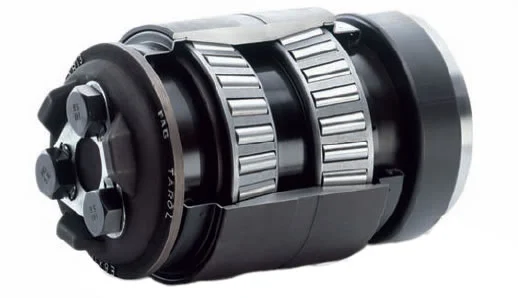
Locomotive Bearing Specs That Matter Most
